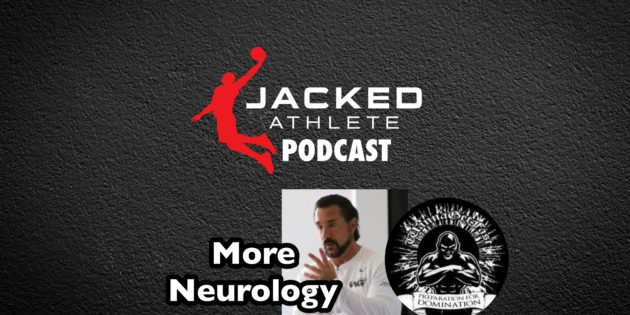https://podcasts.apple.com/us/podcast/jacked-athlete-podcast/id1462537296
The Brain
“Voluntary movement happens in the weight room. That’s 10% of our output. The other 90% is reflexive.”
“Pain is completely neurological.”

“The brain stem controls your flexion and extension synergies.”
“There’s nothing wrong with it [proprioceptive work], it’s just neurology has a greater impact on your overall movement capacity and your ability to handle the pain, or to redirect the pain, or to get rid of the pain.”
“If we can reduce the threat, we’ll reduce the pain.”
“You have to be able to see and you have to expand your periphery to avoid the threat that your brain is perceiving in order to move more efficiently. It’s that simple.”
“If knee pain is holding you back, expanding your periphery is going to help you.”
“Let’s go to our general means of therapy and add that neurology and stack it. You’re just piling sensory input on top to change the motor output. And the motor output is ultimately going to be pain-free movement.”
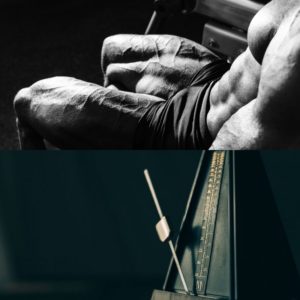
“I try to break it down into: visual, vestibular, and proprioception and try to work one of those angles in the training session.”
“The faster you move, the more pure the movement.”
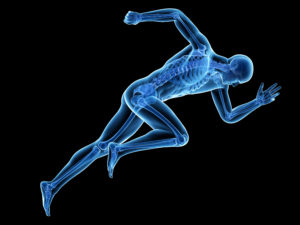
“You have an opportunity for good training sessions. When you have good training sessions, you have the ability to recover faster.”
“If I’m reaching with my right hand [voluntary movement]. My left side of my body better be turning on all the postural muscles or I’m going to fall over. Once those postural muscles are turned on at the same time… it stabilizes pain [postural stability].”
Training Non-Injured Areas
People that come in with pain: “I’m not doing what they were doing because it’s not working.”
“Any type of voluntary movement on the left side, you’re going to get right PMRF [Ponto Medullary Reticular Formation] activation.”
“I’ve fixed ankles doing shoulder flexion. I’ve fixed hip pain doing neck turns. We think we know because someone is telling us where their pain is. That doesn’t mean much at all.”
Vestibular and Visual
“Any time that you have a deficient motor output, you’re going to have a deficient sensory input some place.”
“Some up and down motion bothers people because their vestibular system is out of whack. So how are you going to get better in a vertical jump when your body is scared stiff to go up and down?”
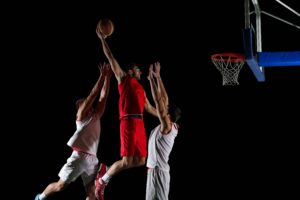
“Your eyes, your vestibular system, and your feet are in charge of your posture. So if you manipulate any one of those three things, you can get a change in the entire system.”
“Your eyes might play more important of a role with your feet than any biomechanical thing that you could do.”
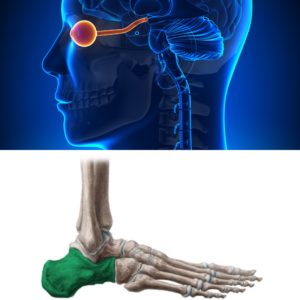
“The prediction element of your brain knowing when your foot is going to hit the ground and what muscles to cocontract.. that’s a big deal… if you get used to one surface, not so good.”
“Globally, I think your vestibular system is in charge of all muscle contractions.”
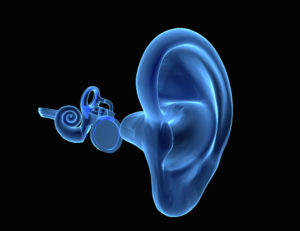
Instagram: https://www.instagram.com/wannagetfast/?hl=en
Twitter: https://twitter.com/WGF1
